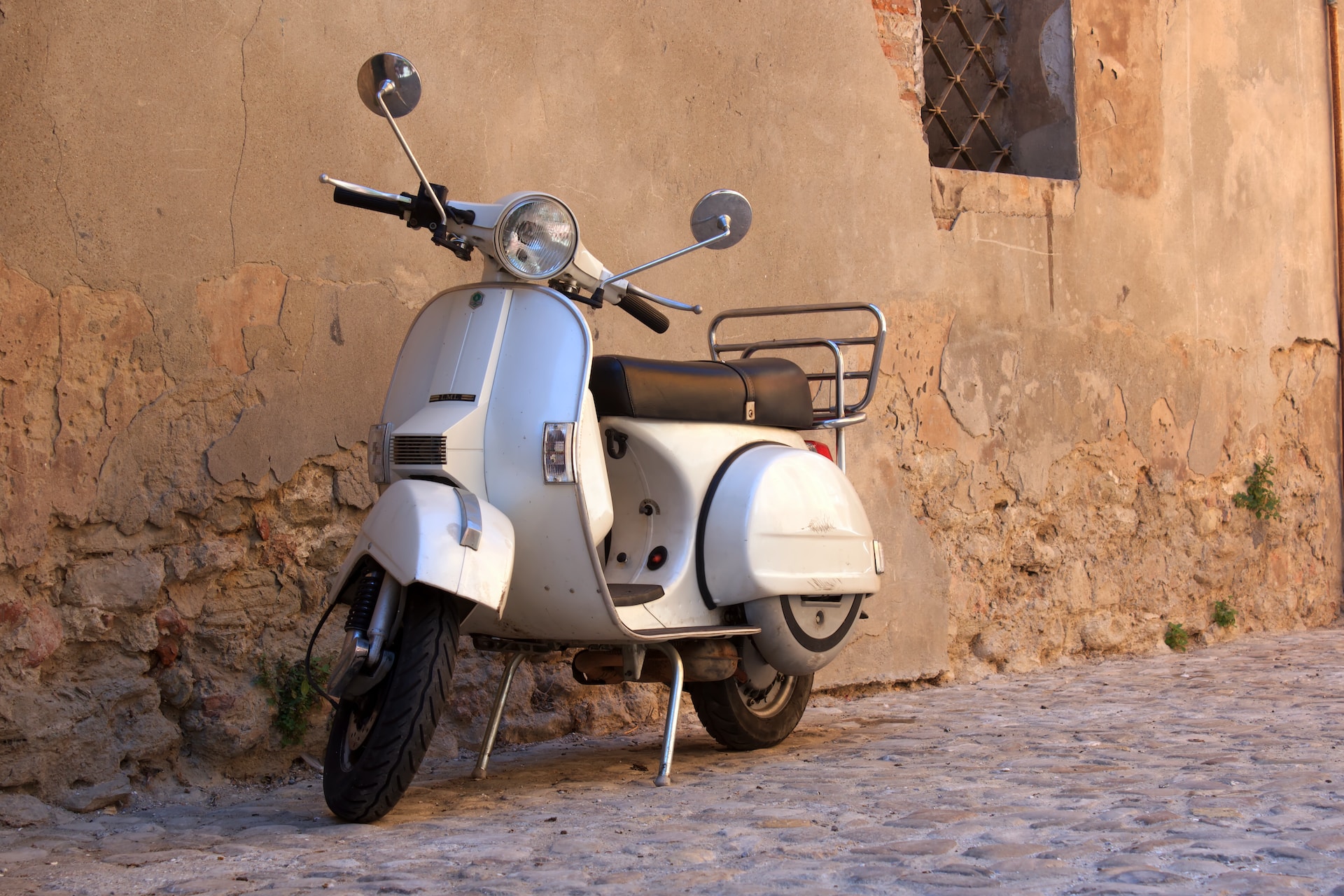In the ever-evolving landscape of technology, the fusion of aesthetics and functionality is crucial for creating user experiences that captivate and delight. As we navigate the realms of design, let’s embark on a journey into the heart of Italian elegance and explore how its rich design legacy can be applied to the world of User Experience (UX). Let’s dive deep into the nuances that make Italian design a global phenomenon and discover how it can elevate the digital experiences we interact with daily.
The Essence of Italian Design
Made in Italy – a label that resonates with unparalleled craftsmanship and style. Whether it’s a piece of furniture, clothing, or any design-related artifact, there’s an undeniable allure attached to products born from Italian creativity. Why does Italian design stand head and shoulders above the rest? The answers lie in the historical commitment to art, luxury design, and culture.
Italy, a country steeped in the Renaissance, where even before its unification, local aristocrats invested lavishly in art. This cultural passion persisted through centuries, even during times of economic hardship. The unique blend of creativity, craftsmanship, and a relentless pursuit of beauty became ingrained in the Italian identity. The unified Italy inherited a colossal heritage of design passion, ensuring that innovation and elegance continued to thrive.
Evolution of Italian Design: From Furniture to UX
Emergence of Modern Interior and Industrial Design
The dawn of the 20th century witnessed the emergence of Italian design pioneers like Vittorio Ducrot and Ernesto Basile. They navigated the challenge of striking a balance between classical elegance and modern creativity, giving birth to pieces that echoed the sophistication of French Art Deco. However, it was the genius of Gio Ponti that propelled Italian Art Deco to its zenith, producing pieces that were not just elegant but also innovative.
As the machinery and technology advanced during World War I, Italian industrial design gained momentum. The Italian Rationalism movement, influenced by European rationalist ideals, embraced new industrial materials. Designers from the renowned Gruppo 7 crafted pieces with tubular steel, reflecting a simplicity aligned with the Bauhaus language. Magazines like Domus and Casabella played pivotal roles in shaping Italian design, pushing it to stand out for its originality and sophistication.
The Golden Period: Post-World War II Renaissance
The aftermath of World War II marked the golden age of Italian design. The processes of globalization, coupled with the influence of Hollywood and Italian cinema, catapulted Italian design onto the global stage. Films shot in Rome and iconic Italian movies of the 1950s and 1960s glorified the magnificence of Italian design. This era witnessed a crucial shift, not only in terms of technical and formal aspects but also in the fusion of designers’ creativity with industrial research.
Designers such as Gae Aulenti, Achille Castiglioni, and Vico Magistretti became synonymous with Italy’s Mecca for creativity and innovation. The 1960s and 1970s saw the pinnacle of Italian interior design, with phrases like ‘Bel Design’ and ‘Linea Italiana’ becoming part of the furniture design lexicon. New names like Mario Bellini and Enzo Mari contributed to the international success of purer Italian design.
Italian Automobile Industry: A Symphony of Style and Functionality
Beyond furniture and industrial design, Italy’s influence extends to the automotive realm. Brands like Fiat, Lancia, Alfa Romeo, and Pininfarina have been instrumental in shaping the evolution of cars. From the iconic Fiat Balilla to the revolutionary Vespa Piaggio scooter, Italy’s imprint on the automobile industry is marked by stylishness, practicality, and a commitment to aesthetics.
The Fashion Industry: Where Style Meets Innovation
Fashion has always been a cornerstone of Italian culture. From the 11th to the 16th century, cities like Venice, Milan, Florence, and Vicenza were at the forefront of Europe’s fashion trends. The Italian fashion renaissance in the 1950s, led by labels such as Ferragamo and Gucci, laid the foundation for the industry’s global dominance. Designers like Armani, Versace, and Missoni in the 1970s propelled Italian fashion into the realm of high-end mass and direct marketing.
With a rich cultural heritage blending Italian Renaissance and modernist aesthetics, Italian couture became synonymous with quality and refinement. Major fashion houses such as Gucci, Prada, and Dolce & Gabbana positioned Italy at the forefront of global fashion trends, with the label ‘Made in Italy’ becoming a stamp of quality and innovation.
Developing Responsive Design with Flair
Lessons from Iconic Italian Designs
As we delve into the principles of Italian design, it’s imperative to draw inspiration from iconic examples. Let’s explore how lessons from the likes of Ferrari, Vespa, and Olivetti can shape the world of UX design.
Ferrari: Speed, Precision, and Exclusivity
Ferrari, the epitome of speed and precision, teaches us the importance of creating exclusive and memorable experiences. In UX design, this translates to crafting interfaces that not only perform flawlessly but also leave a lasting impression on users. Just as each Ferrari is a masterpiece, each digital interaction should be meticulously designed to evoke a sense of exclusivity.
Vespa: Simplicity and Functionality
The Vespa scooter, known for its simplicity and functionality, emphasizes the significance of user-friendly design and responsiveness. In UX, simplicity is not just a design choice; it’s a guiding principle. Just as the Vespa’s design prioritizes ease of use, digital interfaces should strive for intuitive navigation and a seamless user journey.
Olivetti Typewriters: Aesthetics and Function in Harmony
Olivetti, renowned for its typewriters, embodies the harmonious blend of aesthetics and function. In UX design, this means creating interfaces that are visually appealing without compromising usability. Beautifully designed elements should enhance, not hinder, the overall user experience.
Translating Fashion Elegance into Digital Experiences
The Italian fashion industry’s journey from the 1950s to its current global prominence holds valuable lessons for UX designers.
Armani: Timeless Elegance and Brand Consistency
Giorgio Armani‘s emphasis on timeless elegance and brand consistency is a beacon for UX designers. Consistency in design elements, color schemes, and user interactions builds a brand identity that users can trust. As Armani’s designs stand the test of time, UX should aim for enduring experiences that transcend trends.
Dolce & Gabbana: Creating Immersive Experiences
Dolce & Gabbana‘s foray into luxury fashion extends beyond clothing to immersive brand experiences. UX designers can learn to create digital spaces that go beyond functionality, providing users with an immersive and memorable journey. Whether it’s through storytelling, interactive elements, or translating the user experience, the goal is to forge a connection that goes beyond the screen.
Embracing Italian Design Philosophy
Limited Resources, Unlimited Creativity
One of the secrets behind the success of Italian designers is their ability to work with limited resources, turning constraints into catalysts for creativity. In the digital realm, where resources may be limited, this philosophy encourages designers to innovate, finding elegant solutions that prioritize user experience.
Good Style as a Symbol of Prestige
In Italy, ‘good style’ and ‘glamorous design’ are symbols of prestige across all classes and regions. This cultural practice transcends physical products and can be applied to digital interfaces. Striving for good design and user-centric experiences should be a symbol of digital prestige, resonating with users regardless of their background.
Conclusion
In the realm of UX design, where digital experiences shape our interactions with technology, the legacy of Italian design offers a treasure trove of inspiration. As we navigate the principles of elegance, functionality, and innovation, we can infuse our digital creations with the timeless essence that defines ‘Made in Italy.’ Whether it’s drawing from the precision of Ferrari, the simplicity of Vespa, or the immersive storytelling of Dolce & Gabbana, the principles of Italian design can elevate UX to new heights.
So, let’s embark on a journey of creativity, drawing inspiration from the icons of Italian design, and weave digital masterpieces that not only meet user needs but also leave a lasting impression of elegance and sophistication. In the digital realm, as in the world of Italian design, let’s strive for nothing less than excellence.




